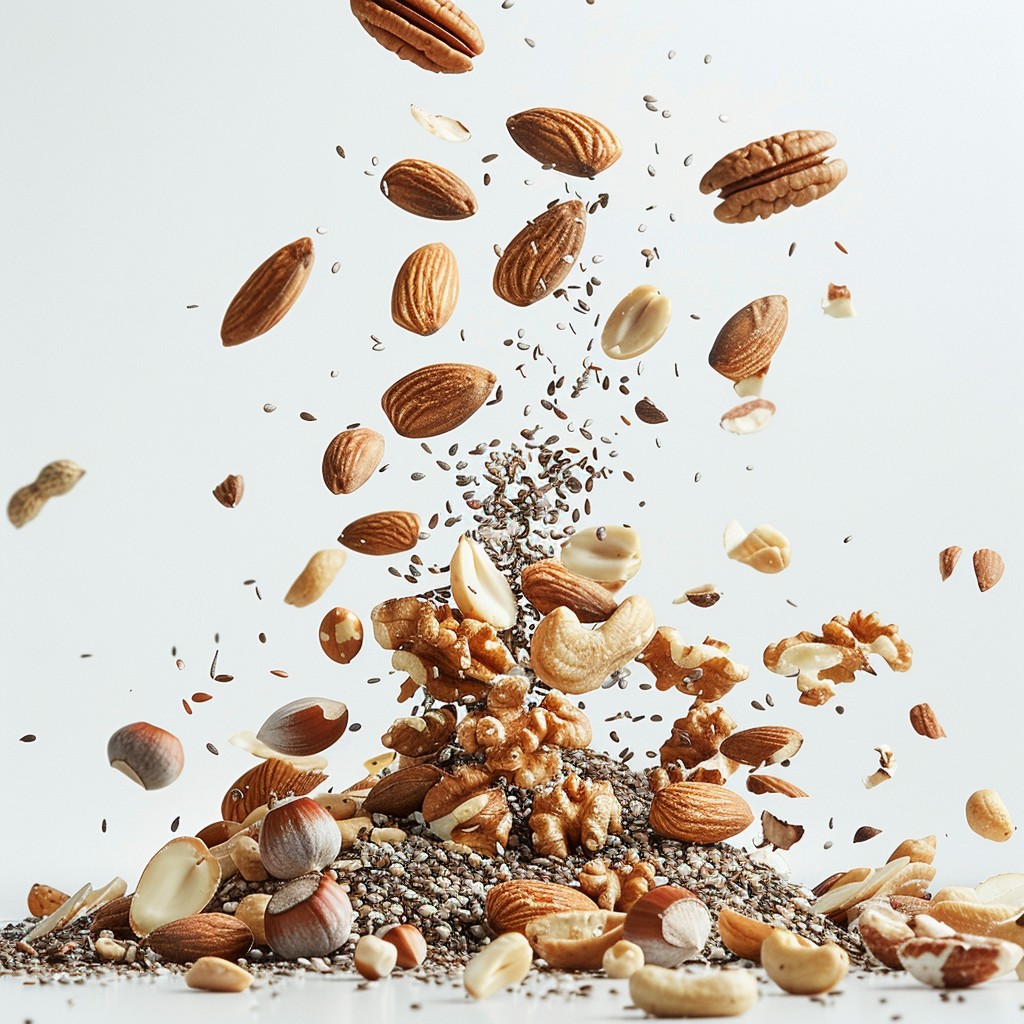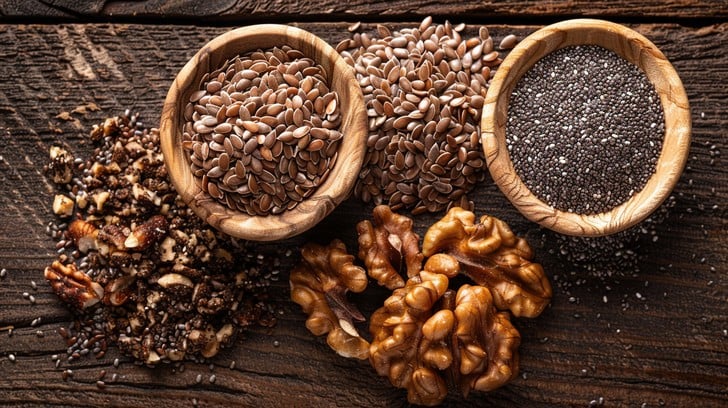

Diabetes
Diabetes is a chronic health condition that affects millions of people worldwide. It occurs when the body either does not produce enough insulin or cannot effectively use the insulin it produces. Understanding the causes, role of insulin, and effective management strategies for diabetes is crucial for maintaining a healthy lifestyle.
What is Diabetes?
Diabetes is a metabolic disorder that results in high levels of glucose (sugar) in the blood. The primary types of diabetes are:
- Type 1 Diabetes: An autoimmune condition where the body’s immune system attacks and destroys insulin-producing beta cells in the pancreas. This type usually develops in children and young adults.
- Type 2 Diabetes: A condition where the body becomes resistant to insulin or the pancreas doesn’t produce enough insulin. It is more common in adults but is increasingly seen in younger populations due to rising obesity rates.
- Gestational Diabetes: Occurs during pregnancy and usually goes away after giving birth. However, it increases the risk of developing type 2 diabetes later in life.
Common Misconceptions: Does Eating Sweets Cause Diabetes?
A common misconception is that eating sweets directly causes diabetes. While excessive consumption of sugar can lead to obesity, which is a risk factor for type 2 diabetes, sugar itself is not the direct cause. Diabetes results from a combination of genetic factors, lifestyle choices, and other health conditions.
The Role of Insulin in the Body
Insulin is a hormone produced by the pancreas, specifically by the beta cells located in the islets of Langerhans. Its primary function is to regulate blood sugar levels by facilitating the uptake of glucose into cells for energy or storage. Here’s how it works:
- Glucose Regulation: After eating, carbohydrates break down into glucose, which enters the bloodstream. In response, the pancreas releases insulin, which helps cells absorb glucose and use it for energy.
- Storage of Glucose: When the body has enough energy, insulin signals the liver to store excess glucose as glycogen. When blood sugar levels drop, the liver releases glycogen back into the blood as glucose.
- Insulin Resistance: In type 2 diabetes, cells become resistant to insulin. This means more insulin is needed to achieve the same effect, which eventually leads to the pancreas being unable to keep up, resulting in elevated blood sugar levels.
Why Insulin Production Stops or Decreases
Insulin production can decrease or stop due to several factors:
- Autoimmune Response: In type 1 diabetes, the immune system mistakenly attacks and destroys beta cells, leading to little or no insulin production.
- Beta Cell Dysfunction: In type 2 diabetes, prolonged insulin resistance can exhaust the beta cells, leading to their dysfunction and decreased insulin production.
- Age and Lifestyle Factors: Aging, obesity, lack of physical activity, and unhealthy diets contribute to the deterioration of beta cell function.
- Fatty Liver: Fat accumulation in the liver, known as fatty liver, can contribute to insulin resistance, further complicating blood sugar regulation.
Insulin Production Over a Lifetime
Insulin production begins in the fetal stage and continues throughout life. However, the efficiency of insulin production and the body’s response to it can diminish with age and poor lifestyle choices. Maintaining a healthy diet, regular physical activity, and managing weight are crucial in preserving insulin function.
What Happens When Blood Sugar Levels Are Too High or Too Low?
High Blood Sugar (Hyperglycemia):
- Causes: High blood sugar, or hyperglycemia, occurs when the body has too little insulin or can’t use insulin properly. It can be triggered by overeating, lack of exercise, stress, or illness.
- Symptoms: Symptoms include frequent urination, increased thirst, blurred vision, fatigue, headaches, and in severe cases, ketoacidosis (a life-threatening condition).
- Long-term Effects: Prolonged high blood sugar can lead to serious complications such as heart disease, kidney damage, nerve damage (neuropathy), and eye damage (retinopathy).
- Management: Managing hyperglycemia involves monitoring blood sugar levels, adjusting diet and exercise routines, and possibly increasing insulin or medication dosage as directed by a healthcare provider.
Low Blood Sugar (Hypoglycemia):
- Causes: Low blood sugar, or hypoglycemia, occurs when blood glucose levels drop below normal, often due to too much insulin, skipping meals, excessive alcohol consumption, or vigorous exercise.
- Symptoms: Symptoms include shakiness, sweating, rapid heartbeat, dizziness, confusion, irritability, and in severe cases, loss of consciousness or seizures.
- Immediate Treatment: Immediate treatment involves consuming fast-acting carbohydrates like glucose tablets, fruit juice, or candy to quickly raise blood sugar levels.
- Prevention: Preventing hypoglycemia requires regular monitoring of blood sugar, eating balanced meals and snacks at regular intervals, and adjusting insulin or medication as necessary.
Risk Factors for Developing Diabetes
Several factors increase the risk of developing diabetes, including:
- Genetics: Family history plays a significant role in the risk of both type 1 and type 2 diabetes.
- Obesity: Excessive body fat, particularly around the abdomen, increases insulin resistance.
- Sedentary Lifestyle: Lack of physical activity reduces the body’s ability to utilize insulin effectively.
- Diet: A diet high in processed foods, sugars, and unhealthy fats can contribute to obesity and insulin resistance.
How to Prevent Diabetes
While type 1 diabetes cannot be prevented, type 2 diabetes can often be managed or prevented through lifestyle modifications. Here’s how:
- Healthy Diet: Focus on whole grains, lean proteins, fruits, vegetables, and healthy fats. Limit intake of processed foods, sugary drinks, and excessive carbohydrates.
- Regular Exercise: Physical activity helps the body use insulin more efficiently. Aim for at least 150 minutes of moderate exercise per week.
- Weight Management: Maintaining a healthy weight reduces the risk of insulin resistance.
- Regular Monitoring: Regularly check blood sugar levels to catch any changes early and adjust your management plan accordingly.
Understanding Blood Sugar Levels
- Normal Levels: Fasting blood sugar levels should be between 70-100 mg/dL. Post-meal levels should be below 140 mg/dL.
- Pre-Diabetes: Fasting levels between 100-125 mg/dL indicate pre-diabetes, a warning sign that diabetes could develop.
- Diabetes: Fasting levels of 126 mg/dL or higher on two separate tests indicate diabetes.
Managing blood sugar levels is crucial for avoiding complications like nerve damage, kidney disease, and cardiovascular issues.
Natural Remedies and Alternative Treatments
Some people turn to natural remedies and lifestyle changes to help manage diabetes:
- Herbal Supplements: Herbs like fenugreek, bitter melon, and cinnamon are believed to help control blood sugar levels. However, always consult with a healthcare provider before starting any new supplement.
- Yoga and Meditation: Stress can affect blood sugar levels. Practices like yoga and meditation can help reduce stress and improve overall well-being.
- Dietary Changes: Including fiber-rich foods, lean proteins, and healthy fats can improve blood sugar control. Some studies suggest that foods like okra, aloe vera, and bitter melon may help regulate blood sugar.
Can Diabetes Be Reversed?
While type 1 diabetes cannot be reversed, some studies suggest that type 2 diabetes can be managed effectively and even put into remission through significant lifestyle changes, such as a healthy diet, regular physical activity, and weight loss.
Special Considerations for Children with Diabetes
Diabetes in children can be particularly challenging. Type 1 diabetes is more common in children, but type 2 diabetes is also on the rise. Management involves:
- Education: Educating the child and family about the condition, its management, and the importance of regular monitoring.
- Diet and Exercise: Ensuring a balanced diet and encouraging regular physical activity.
- Psychological Support: Providing emotional and psychological support to help children cope with the condition.
Diet Plan and Routine for Diabetics
For effective management of diabetes, following a specific diet plan and daily routine is essential:
- Balanced Diet: Include a mix of proteins, healthy fats, and complex carbohydrates. Opt for whole grains over refined grains and limit sugar intake.
- Portion Control: Eating smaller, balanced meals throughout the day helps maintain stable blood sugar levels.
- Regular Exercise: Incorporating physical activity into the daily routine helps improve insulin sensitivity and control weight.
- Hydration: Drinking plenty of water helps flush out toxins and supports overall health.
Jaggery and Diabetes: Is it Safe?
Many people believe that jaggery (a form of unrefined sugar) is a healthier alternative to sugar. While jaggery contains some minerals, it is still high in sugar and can raise blood glucose levels. Diabetics should consume it in moderation and always monitor their blood sugar levels.
Stress and Diabetes: Is There a Connection?
Stress can affect blood sugar levels by causing the body to release hormones like cortisol, which can raise blood sugar. Managing stress through relaxation techniques, exercise, and hobbies is important for overall health and diabetes management.
Conclusion
Diabetes is a complex condition that requires careful management and lifestyle adjustments. By understanding how insulin works, recognizing the risk factors, and implementing a healthy lifestyle, individuals can effectively manage or even prevent diabetes. Regular check-ups, a balanced diet, and an active lifestyle are key components of living well with diabetes.







